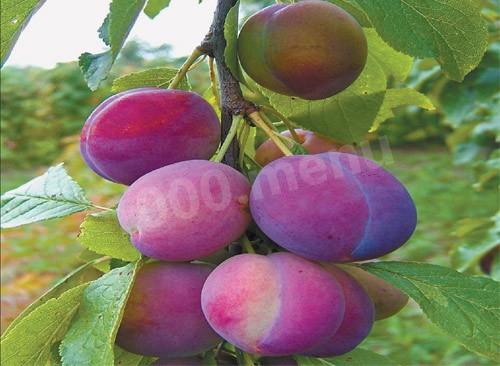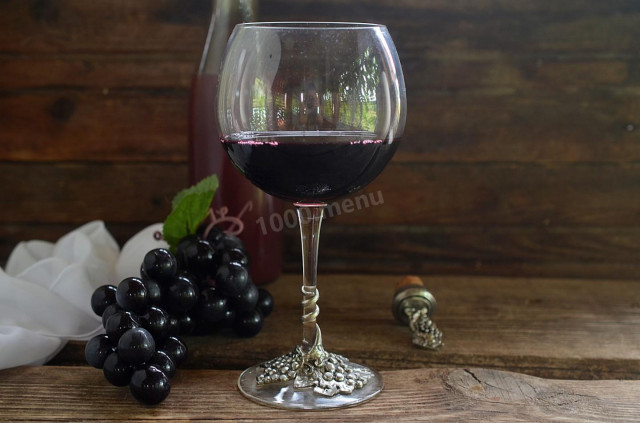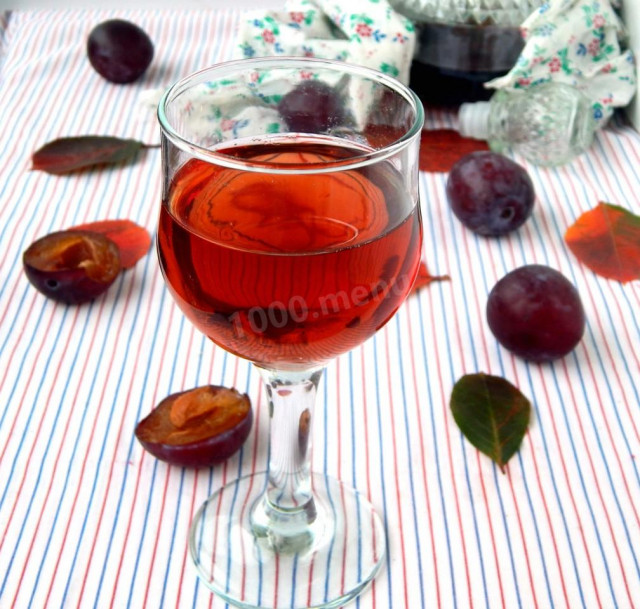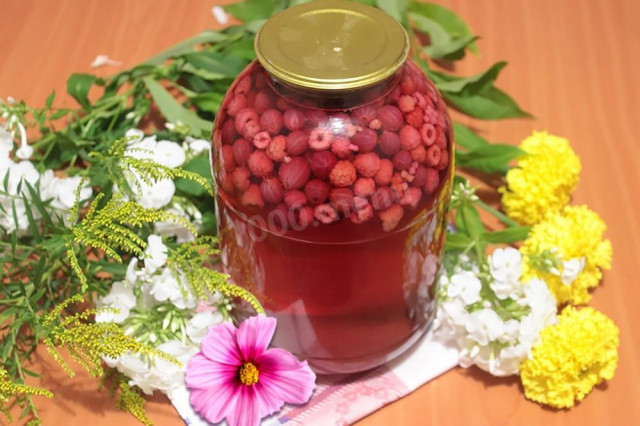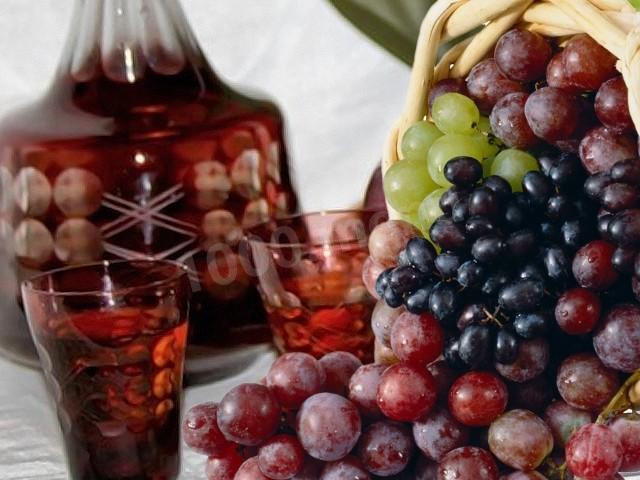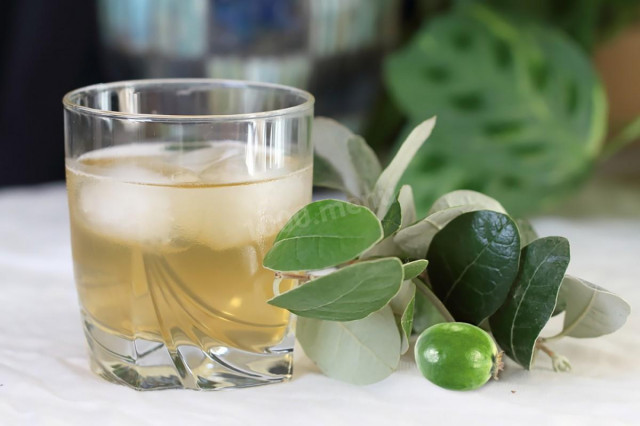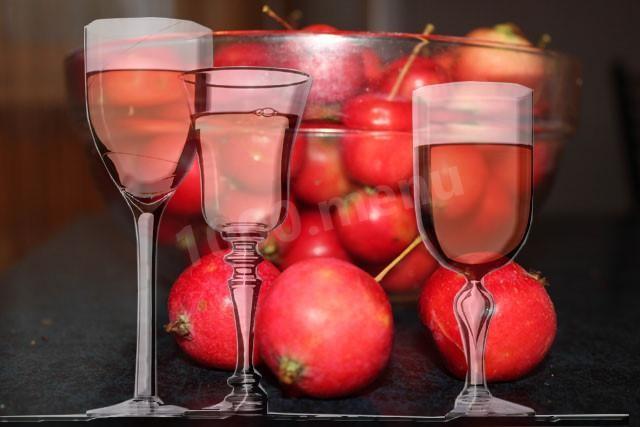Composition / ingredients
Cooking method
Important: it is better to take a plum for this recipe at home or purchased at the market (from grandmothers), not store-bought. Because we will not wash it - bacteria that are needed for fermentation remain on the skin of the berries.
Means to sort out the plum, throwing out the rotten fruits. Transfer to a wide bowl (preferably a basin) and leave on the balcony for 3 days so that the berries are dried.
Next, mash the plums with a wooden pestle in mashed potatoes so that all the bones come out. Transfer the mass into a glass container (you can enamel) and pour cold water at the rate of 1:1. Mix, cover with gauze so that insects do not climb and leave to wander for 2 days.
When the fermentation process has begun (bubbles on the surface, separation of the pulp), strain the whole mixture through a sieve. Stir in the sugar, mix.
Pour the resulting liquid (wort) into glass jars, filling them by two-thirds. And close with a water gate. In this form, the banks should stand for about 45 days. Not in the sun, but warm, preferably in the house. When carbon dioxide stops escaping through the water gate (it will not gurgle), the wine must be filtered so as not to affect the sediment.
Bottle the wine and close them tightly with lids. I warn you that your wine will be cloudy, it will not be possible to make it transparent - it is almost impossible at home, it's just a property of plums. It is better to keep the wine in bottles for two or three months, only then you can taste it.
Caloric content of the products possible in the composition of the dish
- Plum - 42 kcal/100g
- Fresh frozen plum - 52 kcal/100g
- Granulated sugar - 398 kcal/100g
- Sugar - 398 kcal/100g
- Water - 0 kcal/100g

